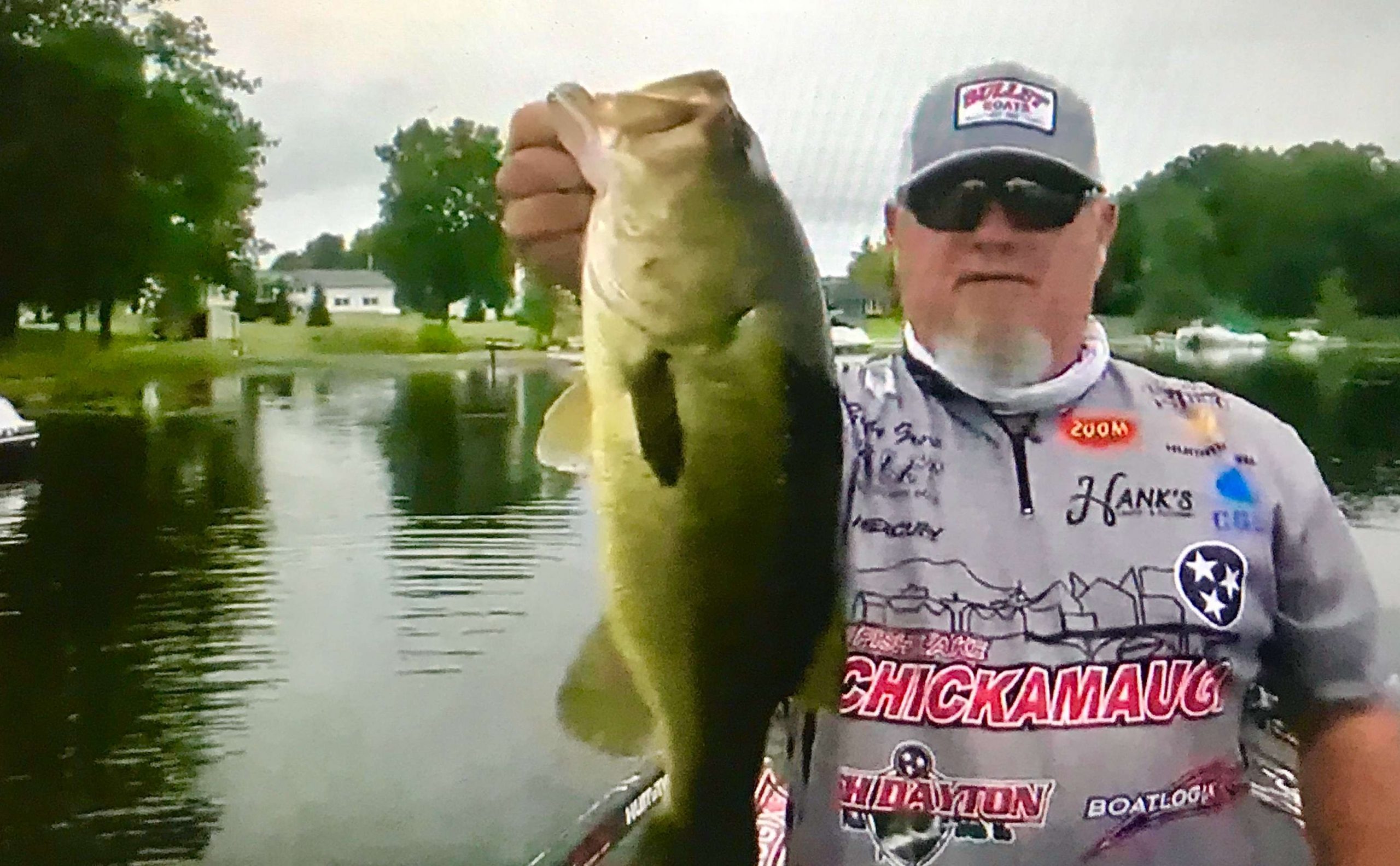
Chris Johnston grabbed the early lead with 20 pounds by 8 a.m. by pummeling a pile of Lake Ontario smallmouth. Meanwhile, Buddy Gross, who won the previous Elite event on Lake Eufaula, stayed near the takeoff site, targeted largemouth bass around shallow cover and tallied 14 1/2 pounds for an unofficial ninth place position on BASSTrakk.
Hold the snickering. No one’s suggesting largemouth bass have much chance of outshining smallmouth the SiteOne Bassmaster Elite at St. Lawrence River. But could the green fish make a solid showing amid this brownie bonanza? You bet they could.
There was a time when largemouth consistently played a more significant role in local tournaments. In fact, the assumption was that green fish would dominate the river fishing, while big smallmouth were mostly a Great Lakes thing.
The paradigm has shifted and there’s no denying today’s tremendous smallmouth biomass in the river, as well as Lake Ontario (U.S. waters open to Elite competitors). The past two decades have seen this species enjoying exponential river growth, largely due to the presence of gobies and zebra mussels, both of which arrived via bilge water from ocean-going vessels navigating the St. Lawrence Seaway.
Filter-feeding bivalves, which rapidly colonize new areas, zebra mussels have greatly enhanced water clarity and facilitated smallmouth feeding. Gobies also reproduce prolifically and anglers often report marking solid layers of these chunky forage fish extending several boat lengths.
“They’re like a cheese stick for smallmouth,” said BASS Live host Mark Zona, an accomplished smallmouth angler. “If you eat only cheese sticks, you get big.”
Notwithstanding the smallmouth gun show the St. Lawrence River has become, hefty largemouth also exist in respectable numbers. You won’t often find them deeper than about 10 feet and most are hugging the bank, so anglers targeting shallow cover are probably thinking green.
A few key points to consider:
• The cloud cover that greeted anglers on the tournament’s first morning typically favors largemouth activity. While smallies prefer sunny conditions for their highly visual feeding style, largemouth typically tuck into cover during bright conditions. They’re still catchable, but much more so when they’re roaming and actively feeding in dimmer conditions.
• Summer in Upstate New York has been a scorcher and water temperatures are warmer than normal for this time of year. Smallies like their cooler water, so anglers may find the fish less concentrated than they’d prefer.
• With smallmouth dominating the past several years of St. Lawrence River fishing, largemouth have received much less pressure. That doesn’t guarantee a bite, but fishing pressure educates bass of both flavors and the green ones definitely see fewer baits.
• With the majority of the field targeting smallmouth, anyone looking for largemouth should have full run of their spots.
Ultimately, fans can expect mostly smallmouth at the weigh ins, but don’t be surprised to see a few impressive largemouth. We know Buddy Gross has a couple of good ones.
As the event progresses, it will be interesting to see how many anglers integrate some degree of largemouth fishing into their game plan. Mixed bags will tell the tale there.
And here’s the big question: Can an angler reach Championship Sunday primarily on a largemouth program?

